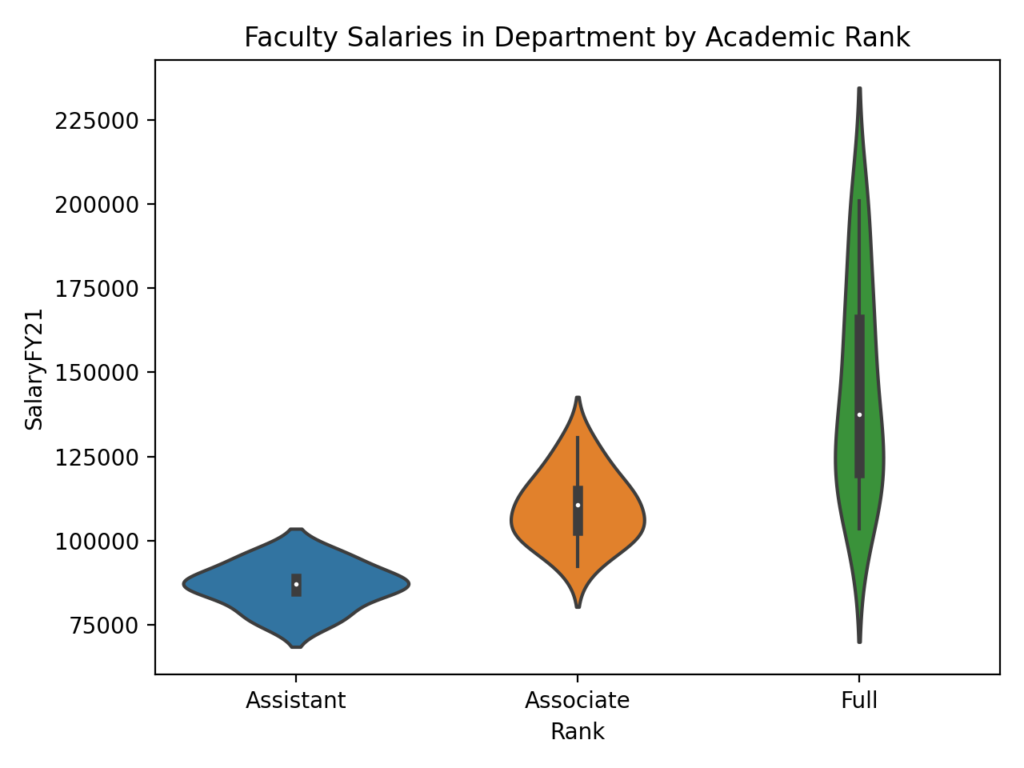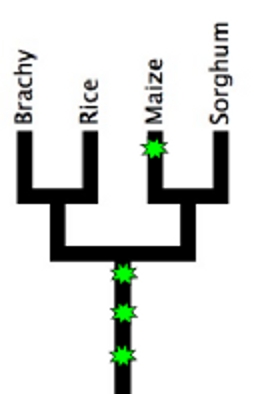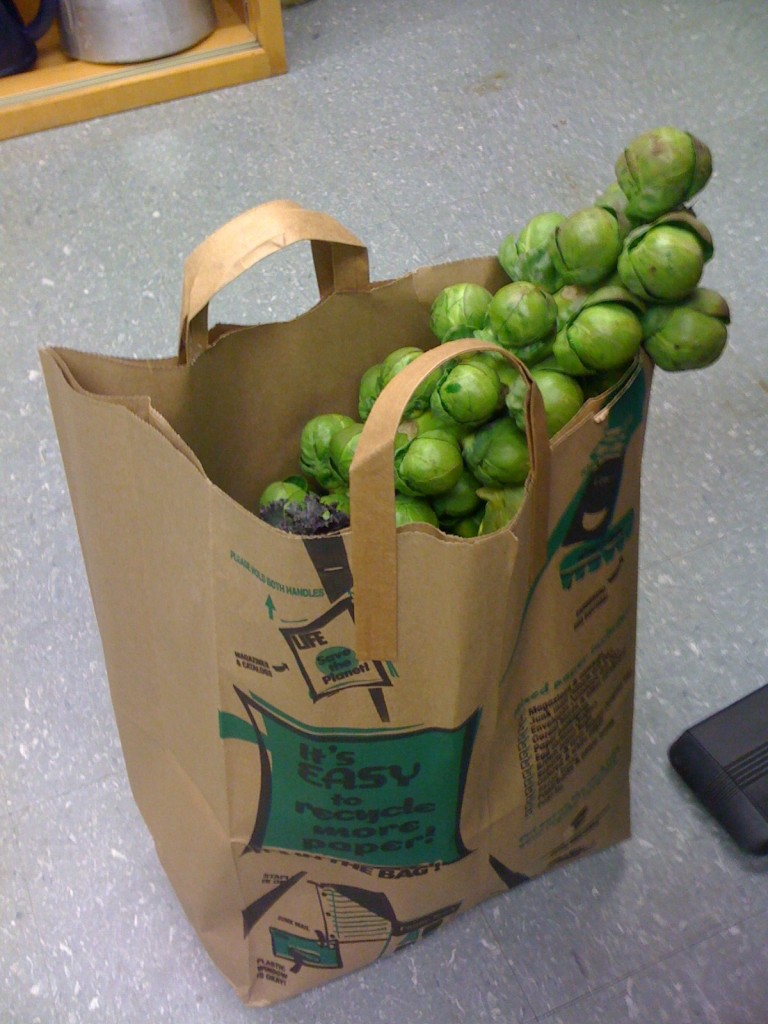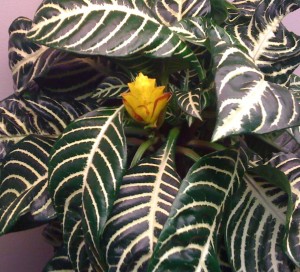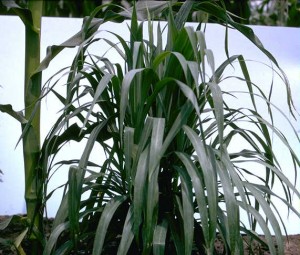I’m involved in the designing of two posters my lab will be taking to the maize meeting in a weeks time. What are scientific posters?
A cross between a very short paper and a very short, on demand, research seminar, a poster is a dozen square feet of scientific data. We grad students cobble together some figures describing the data we’ve painstakingly acquired though months of long days and nights in lab*, hang our poster a scientific conference and spend hours hovering nearby, ready to explain our research to anyone who seems even marginally interested.
Probably the most important role of posters is that designing them gets us thinking about the questions our research (what we actually do all day) is really trying to answer and how to communicate our results to people who don’t specialize in those exact same questions. A trap that I often catch myself falling into.
As for the value of posters as a real method of scientific communication… it’s best not to set your expectations too high:
The best general advice I can give a first-time poster constructor is to describe the circumstances in which a poster will eventually be viewed: a hot, congested room filled with people who are there primarily to socialize, not to look at posters. Because poster sessions are often concurrent with the “wine and beer” mixer, chaos is further increased by hundreds of uninhibited graduate students staggering around hitting on each other. It’s not a pretty sight.
And it gets worse: meeting organizers will invariably sandwich your poster between two posters that are infinitely more entertaining, such as “Teaching house cats to perform cold fusion” and “Mating preferences in extraordinarily adorable red pandas.”
Words that were comforting to read when I first started stressing out about never having put together a scientific poster before. (And just to be clear, I’m not saying posters can’t be very effective methods of communicating science, only that the worst case scenario for a poster is that it gets ignored. The worst case scenario for a paper is it comes back with a rejection notice and horrible reviews, and the absolute worst case scenario for a scientific talk is, I suppose, heckling followed by a mass walk out. My point is, by comparison, designing a poster should be a low stress activity.)
That said, I think we’ve got some interesting data to present, so if you’re going to be at the maize meeting next week and are willing to risk my inexperience with designing scientific posters, be sure to stop by poster #31 or #39.
The two posters discuss, respectively, the way extra copies of genes are lost from the genomes of plants following how genome duplications, and a project where we’ve identified equivalent genes between up to five grass genomes (which would be quite the trick since only four grass species have sequenced genomes, but since maize has its own whole genome duplication we count it twice) based on the conserved order of genes along chromosomes (synteny).
*At least that’s usually what ends up on posters. I can’t wait to find out what interesting stuff ends up on the Biofortified poster (#167)
